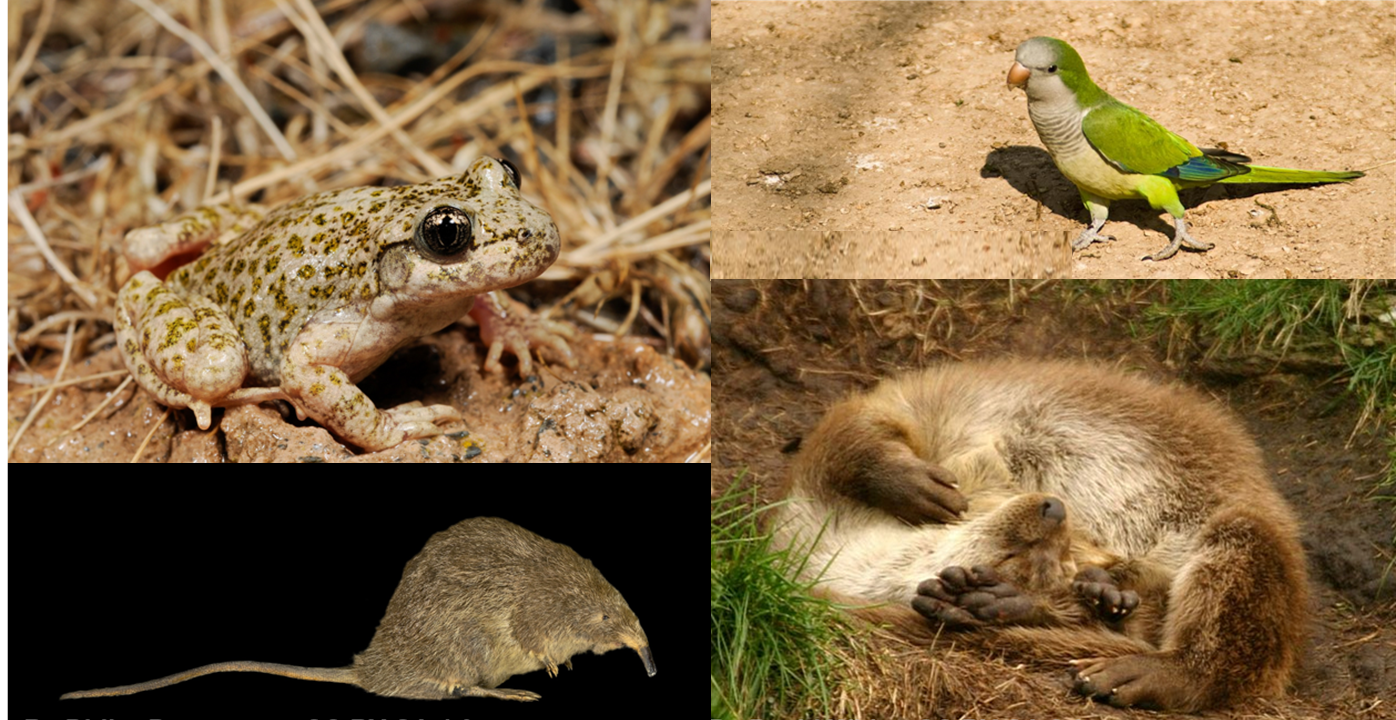FOLLOWING UP ON SPECIES DISTRIBUTION MODELS: TESTING PREDICTIONS AGAINST DATA OF THE FUTURE


Science is about producing testable predictions, and then actually putting them to the test. Species distribution models provide such predictions, although they can rarely be properly tested with contemporaneous data. Monitoring the accuracy of such models over time, to check if predictions are fulfilled and thus actually useful, is an important but often neglected task. Here I evaluate the performance of previously published distribution models, based on species occurrence records from over a decade ago, against current data (future data relative to the models). I focus on four species whose known geographical distributions have since undergone visible changes, including contraction, expansion, and knowledge improvement: two freshwater mammals, including a predator (Lutra lutra) and a prey species (Galemys pyrenaicus); a terrestrial amphibian (Alytes dickhilleni); and an invasive bird (Myiopsitta monachus). I use a suite of model evaluation metrics that assess several different facets of model performance, including discrimination, classification, explanatory power, and calibration or reliability. The models generally sustained a high performance regarding most metrics, many of which actually improved when the distribution databases were updated with current information. These results document the usefulness of predictive models of species distributions, particularly when they are built with robust modelling methods and relevant predictor variables. Producing and testing predictions is a basic requirement in the scientific method, so follow-up should become more common practice, as it is key for ensuring the soundness of the species distribution modelling field and its role in ecology, biogeography and conservation.
A. Márcia Barbosa research areas include biogeography, macroecology, species distribution modelling, comparative phylogeography, biodiversity and conservation. She work mainly on mammals and amphibians, but also on birds, reptiles, insects and other invertebrates, and occasionally on plants. Márcia is particularly interested in integrating different scientific fields in multidisciplinary approaches and in developing and applying innovative methodologies, or adapting those traditionally used in other fields.
[Host: Paulo Célio Alves, Conservation Genetics and Wildlife Management]
Image credits: Benny Trapp, NuKeglus, Didier Descouens and David White